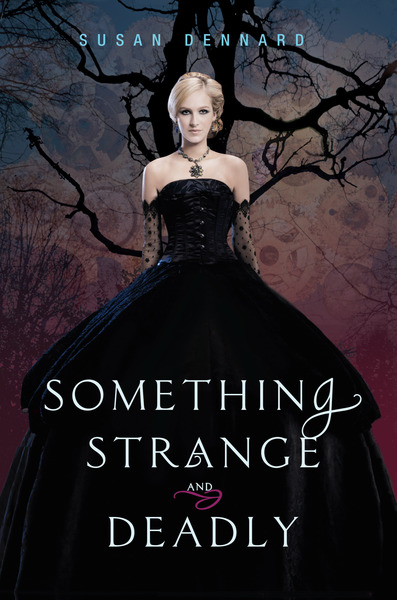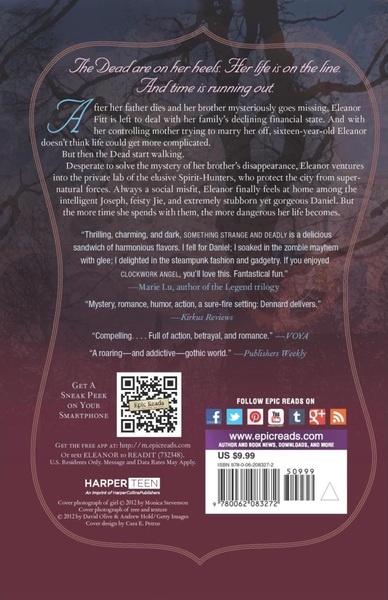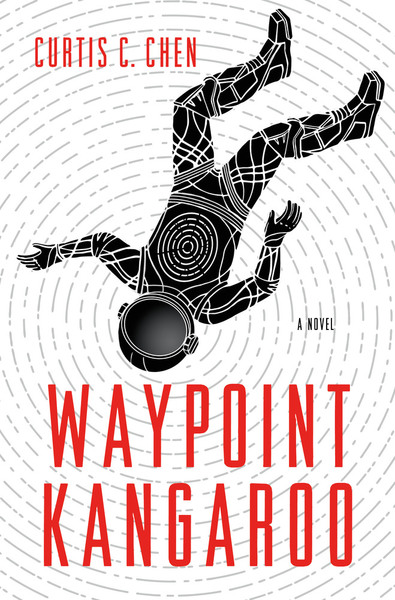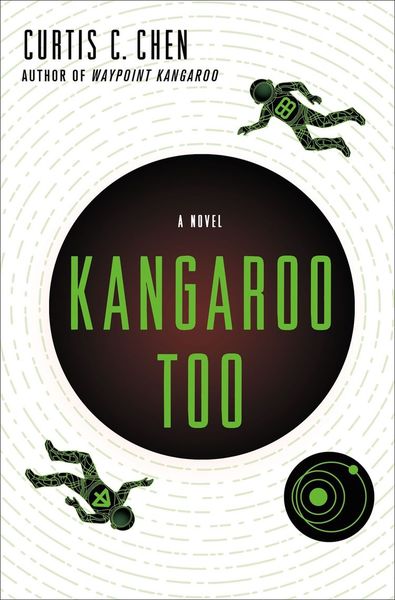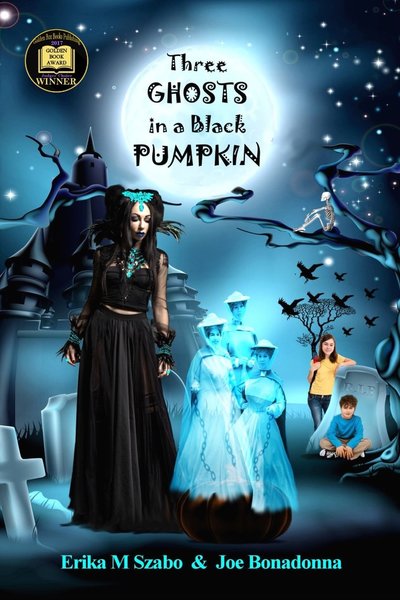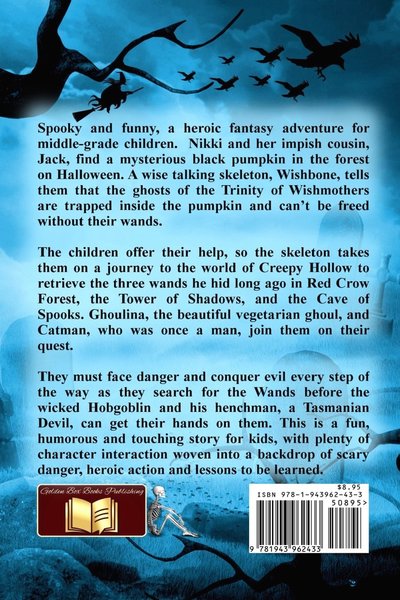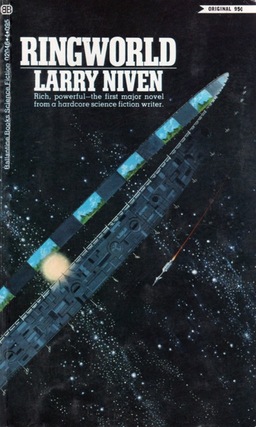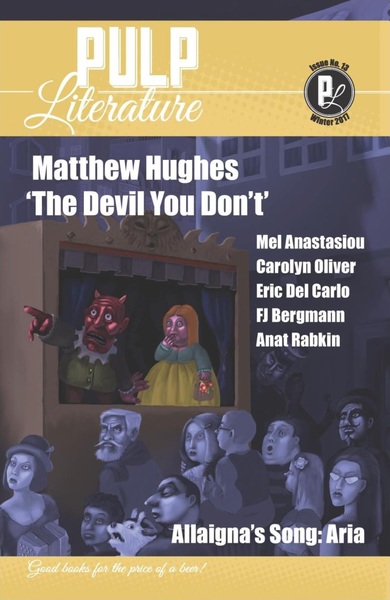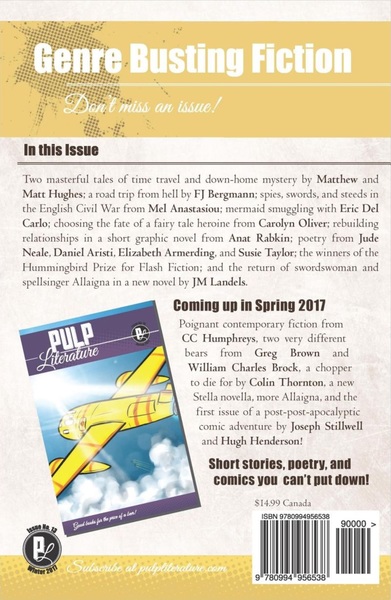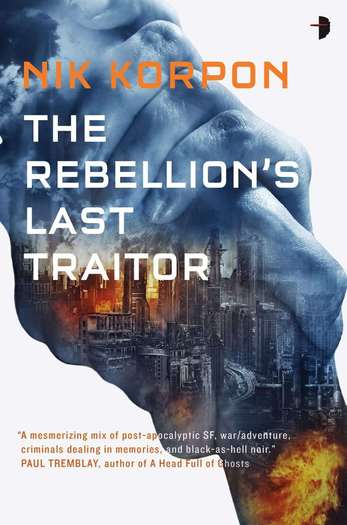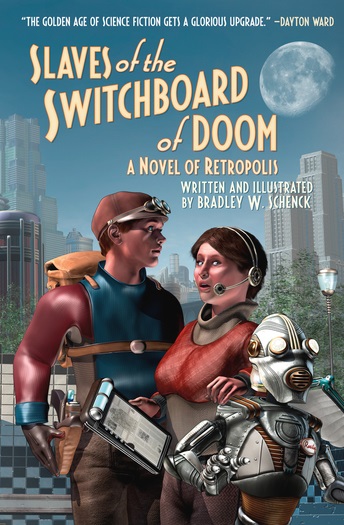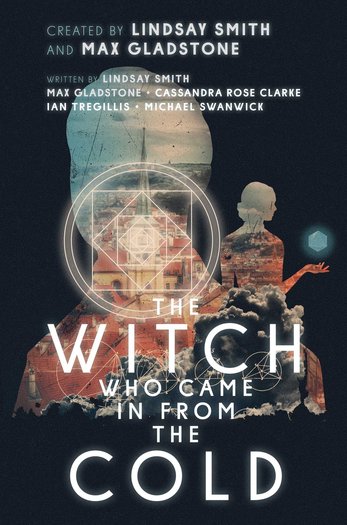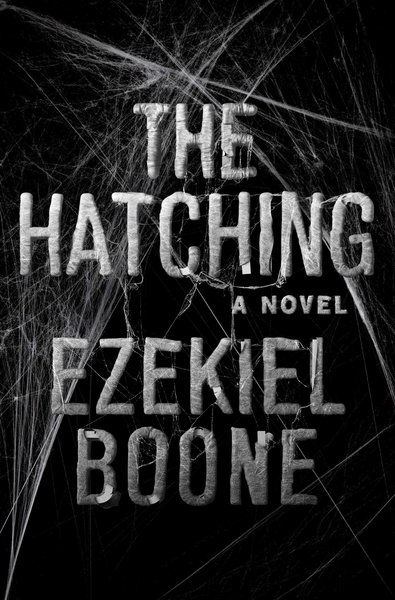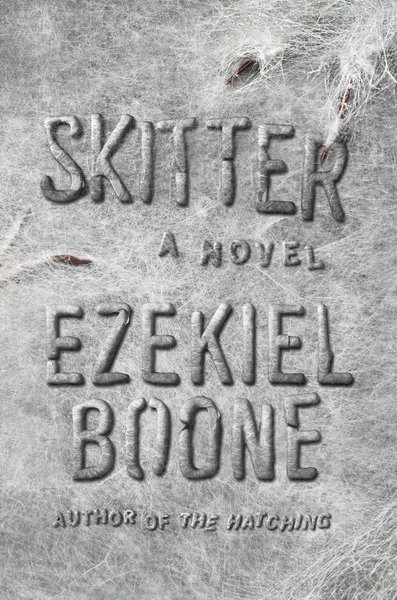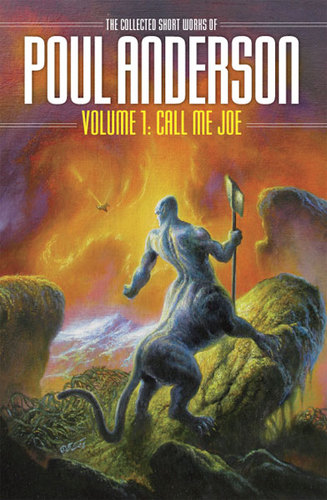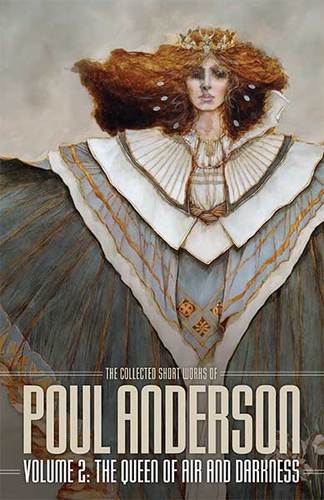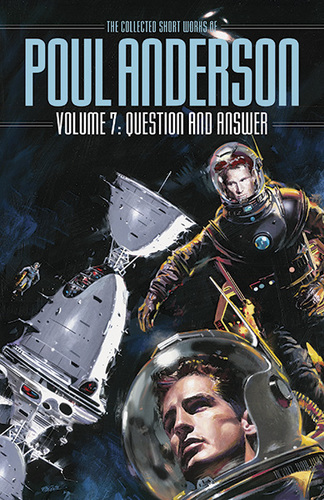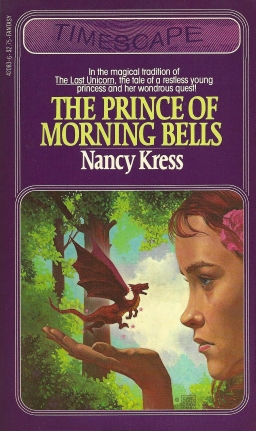 Contrary to conventional wisdom, sometimes a book’s cover gives matter enough for a fair judgment. The copy I read of Nancy Kress’ The Prince of Morning Bells is a 1981 first printing by Timescape; the book was reprinted in the year 2000 by Foxacre Press, and I learned from Black Gate supremo John O’Neill’s 2012 look at the title that a digital version came out in 2011. At any rate, the front cover of the Timescape edition promises: “In the magical tradition of The Last Unicorn, the tale of a restless young princess and her wondrous quest!” Parts of the blurb are only half-accurate, but the important part, the difficult-to-believe part, is quite correct. The Prince of Morning Bells is worth mentioning with The Last Unicorn, not just in terms of quality but in tone. It works with classic fantasy traditions, using a witty and often lightly-ironic style with a sprinkling of anachronism to tell a deep and profoundly moving tale. Kress has apparently noted the influence herself, though I don’t find the books excessively similar. Their bones are configured in different shapes. Distinctive, individual, The Prince of Morning Bells shows how a fantasy tale can transmute allegory into anti-allegory, telling a symbolic story that works as story while also working as symbol.
Contrary to conventional wisdom, sometimes a book’s cover gives matter enough for a fair judgment. The copy I read of Nancy Kress’ The Prince of Morning Bells is a 1981 first printing by Timescape; the book was reprinted in the year 2000 by Foxacre Press, and I learned from Black Gate supremo John O’Neill’s 2012 look at the title that a digital version came out in 2011. At any rate, the front cover of the Timescape edition promises: “In the magical tradition of The Last Unicorn, the tale of a restless young princess and her wondrous quest!” Parts of the blurb are only half-accurate, but the important part, the difficult-to-believe part, is quite correct. The Prince of Morning Bells is worth mentioning with The Last Unicorn, not just in terms of quality but in tone. It works with classic fantasy traditions, using a witty and often lightly-ironic style with a sprinkling of anachronism to tell a deep and profoundly moving tale. Kress has apparently noted the influence herself, though I don’t find the books excessively similar. Their bones are configured in different shapes. Distinctive, individual, The Prince of Morning Bells shows how a fantasy tale can transmute allegory into anti-allegory, telling a symbolic story that works as story while also working as symbol.
It is the story of Kirila, who begins as an eighteen-year-old princess discontented with what seems an increasingly unimportant life. She therefore decides to set out on a great Quest for the Heart of the World. She’s soon joined on her travels by a talking dog, Chessie, who claims to be a prince under a curse that can only be removed at the Heart of the World, which he tells her is to be found in the Tents of Omnium. Together they journey on, as Kirila encounters challenges and temptations; the story, which had opened on a comic note, gradually sounds bleaker tones and darker shades until, at the mid-point of the book, there is an unexpected structural turn. Kirila’s quest continues, but her resources and energy are taxed further than one might have imagined. The promised happy ending seems distant; and indeed the conclusion, although everything promised, is at the same time more equivocal than one might have imagined. Yet also satisfying, with real wisdom gained, Kirila thoroughly changed and developed, and a sense of both mystery and high majesty overriding all.
The book’s a fairy tale as much as fantasy, and if in the beginning it seems like a sending-up of fairy-tale cliches, it quickly grows more serious. As Kirila matures in the course of her adventures the quest gains in emotional intensity, giving the plot its centre without becoming episodic. Structurally, the book’s clever; although it divides into two halves, it’s so much of a piece it avoids a feeling of easy symmetry. Instead the midpoint does what a good midpoint’s supposed to, initiating the falling action in an unexpected way, leading through an increasing emotional intensity to an inevitable yet unpredictable conclusion. Kirila becomes an everywoman whose journey is a symbolic progress through life, yet if she begins as a generic spunky red-haired princess with a temper, she swiftly becomes an individual with distinctive gifts and flaws. While the quest defines the book, the shape of the quest follows the shape of her choices, prompted by who she is and what she wants. Fairy tale and characterisation combine.
…
Read More Read More
